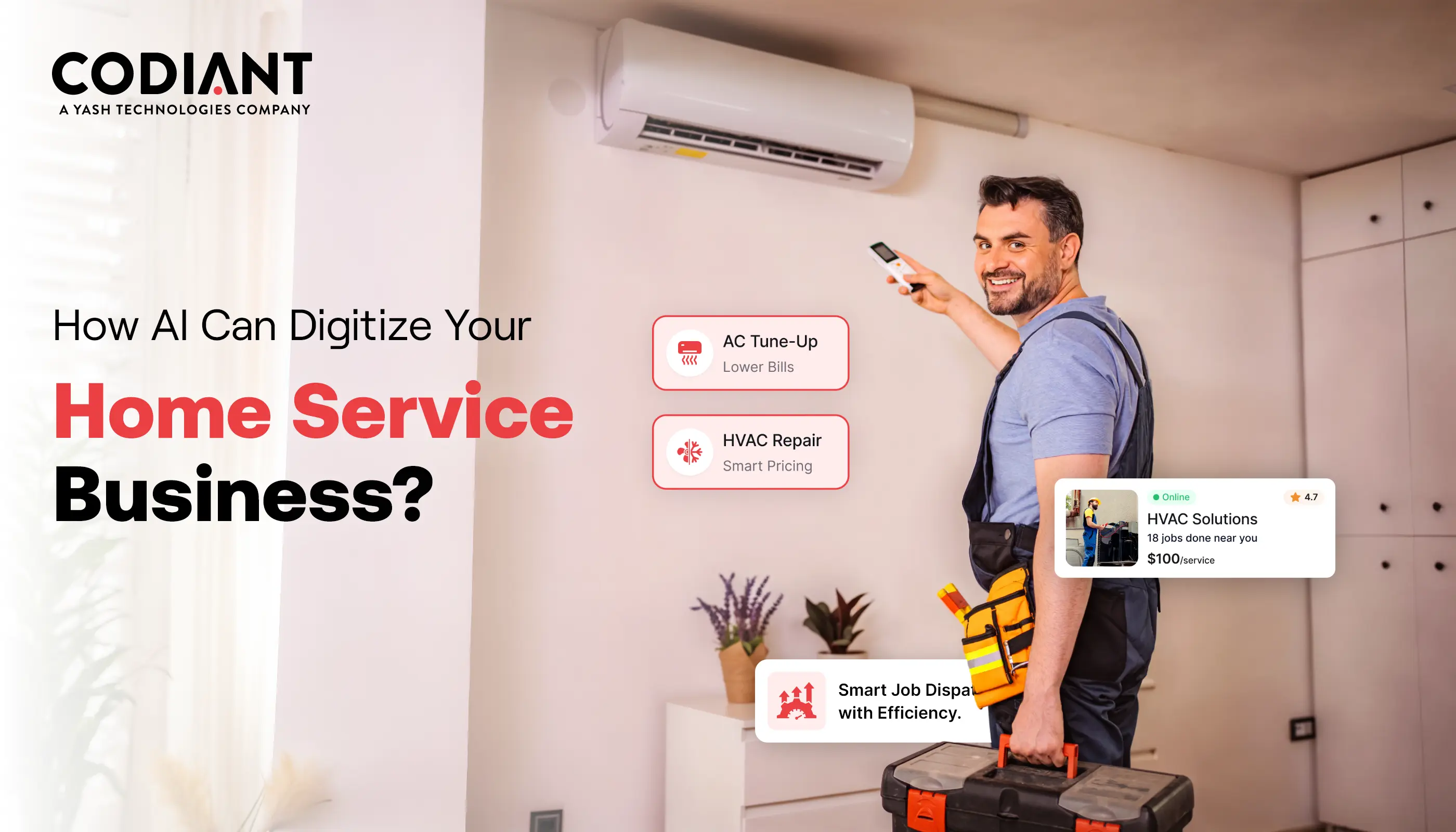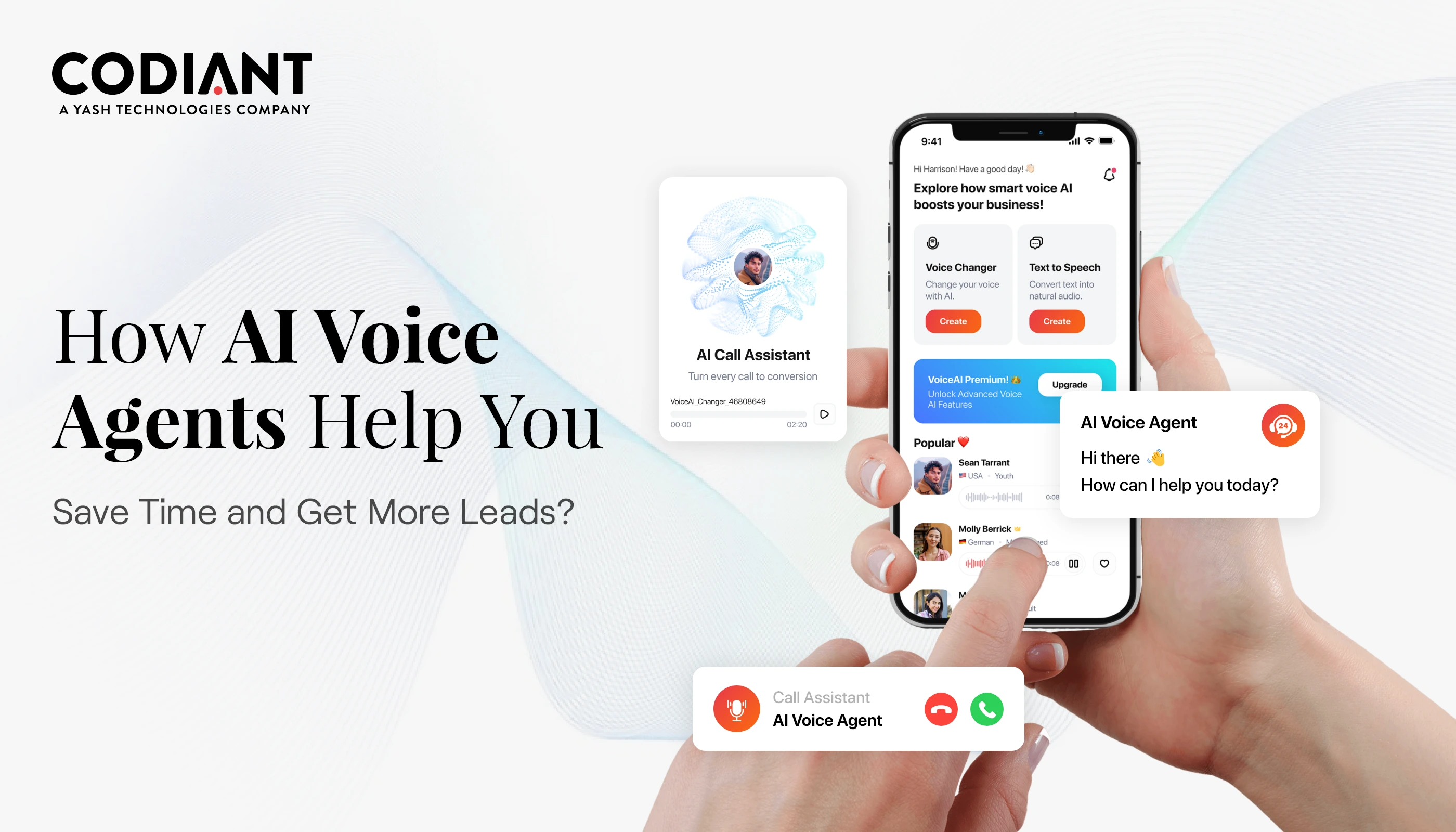Best Practices For Presenting Design Concepts To Stakeholders
Table of Contents
Subscribe To Our Newsletter

Couldn’t agree more! UI/UX Designers are the highly creative and curious heads in the entire development team.
They are the real user experience architects who design the prototypes; from where the project starts taking shape and gives a glimpse of how it will look and work after the development phase.
From tossing fresh ideas to bringing all the minute details that demonstrates the user action to complete any goal, the designers invest their creative instincts and logics into the design solutions.
But often designers find it challenging when it comes to presenting design concepts to stakeholders.
A project gets wheels only when a designer can bring ideas on the table clearly. The better the presentation, the higher the chances of persuading stakeholders to step into the next development phase.
Here we discuss some of the best tips and top trends a UI/UX designer must know principles that will help you reflect your exact state of mind while communicating your design as clearly as possible.
We have curated a detailed process step, that will let you understand how to set the project goals and create an interactive and engaging presentation that will take your project to next level.
Ways to communicate design concepts to stakeholders
Understanding their audience, creating a visually appealing presentation, adding storytelling, getting a range of comments, and recording presentations for wider accessibility are all ways that UI/UX designers can improve their presentations. Impactful communication during the design process requires a careful balance between text and images.
Know Your Audience
Before preparing for your presentation, it is important to learn to whom you are going to present!
Are your stakeholders non-designers? Or they have partial knowledge of how design works or let’s say they are pro. Figure it out. This exercise will hit the bull’s eye and increase your chances of gaining a positive response from the stakeholders.
On a side note, during the presentation, always remain open to taking constructive feedback. Designing is an iterative process that goes through a lot of feedbacks to reflect the final result. The process involves project team members, users, and stakeholders as major critics. Nonetheless, to maintain the design specs, proper collaboration and regular communication are a part and parcel that helps to match the clients’ expectations.
Regular and cordial communication with the team will also help to make an interactive design and enable to meet the audience’s expectations as well. Apart from that, to jump off to a good start, you can consider asking a few questions;
- What is the role of each participant?
- What they are expecting from the project design?
- How much do they know about the project?
- What are their expectations from this presentation?
- What has been their working experience with the designers in the past?
The requirement of each project is different and demands a unique design approach as well. To make all this possible, the designer is the sole responsible person that ensures to achieve both the projects and business goals with an innovative design.
In a presentation, the designer needs to understand how the correct message can be communicated to the audience without hampering the project’s goal. To make this possible, the designer can prefer a visually clear way i.e. charts and graphs, which makes it easier for stakeholders to understand and link the design concept with the business goals.
Plan a Simple and Visually Engaging Presentation
Generally, presentations are a quick affair that has to highlight all your deep thoughts in a single swipe.
Given the stance, a designer has to be crisp enough to leave an impressive mark on stakeholders with their design and verbal explanation at the same time.
It is not an easy task to grab everyone’s attention and expect positive feedback in a small presentation. Every individual will have a different opinion, requirements, and different preferences for different teams and departments.
It might be possible that the audience in the presentation is not aware of the project details from the initial stage. Therefore, to maintain the interest and engage the audience try to quickly summarize the context, project goal, and how you concluded to pick the specific shape and structure to present this design.
To plan an engaging presentation, here are the following aspects that one can consider;
- Take In An Executive Summary- Draft a short, non-technical, easy-to-understand executive summary that includes most of the contextual information, goals, and challenges of the project.
- Logically Structured Presentation- Make a well-structured presentation by defining the points that are going to be discussed ahead and what is the overall goal.
- Avoid Long Texts- Use small chunks of text that make it easier for the audience to understand quickly, add visuals, and present all the details in multiple slides.
- Add Animation and Motion- Animations are not only for adding some fancy stuff to the presentation, however it can easily drive the audience’s attention, interestingly explain a concept, and minimize complexity in understanding the variety of reasons and designs.
- Finalize- Wrap up by seeking feedback and questions from the audience along with the points of improvement (discuss the point in detail in the next step).
Follow the Storytelling Approach and Use Practical Examples
There is no doubt that you’ve prepared a highly engaging and interactive design that seems apt from all the business aspects, but how you are going to engage with the audience and maintain the same pace throughout?
To make this possible, storytelling can be the most suitable and engaging factor to hold the audience’s interest and convey the facts and findings with a suitable solution. While narrating the story, some of the following key factors can be considered.
- Who is the main character of your story? It is not about any movie story, here the sole aim of any project or application is to gain user traction. So, while making the design for the project the main character is going to be the end user only, and to some extent, it would be the client too. Thus, the design will be made while considering the expectations and likes and dislikes of the target users.
- Define how the designed solution can help users and clients to achieve their goals.
- Demonstrate how the user experience is going to be after achieving the desired goal. It can be explained by using some practical examples if you are following the storytelling approach.
Collect Feedback
Now it’s time for stakeholders to absorb your presentation and design, before firing any questions or suggestions.
Meanwhile, the designer can raise a few queries to rule out confusion and let the audience understand what type of guidance or feedback you are looking for from them to achieve the project goals.
Every individual has a different perception, so expect a variety of feedback coming from the audience.
Being a designer, no doubt you have more design knowledge as compared to the stakeholders. Despite that, prioritize your clients’ feedback over your instinct because the client has more clarity about their business goals and requirements. Their on-point suggestions could take your design to the next level.
In contrast to that, if things are going upside down, you can push back on clients’ feedback. You have been hired after considering your expertise, so giving an honest, yet polite recommendation would never do any harm.
In addition, ensure to keep a note of all the received feedback, criticism, suggestions, and positive highlights as well.
But, before seeking feedback from the client, make sure you consider the following points;
- Justify your design decision accurately, then only ask for feedback.
- Ask questions that guide your audience to consider the design as achieving the project’s goal.
Feedback from the audiences can be collected in different ways:
- Synchronous Mode- Sharing the presentation link with the present or virtual space audience.
- Asynchronous Mode- Sharing the presentation link before or after the presentation with the both present and virtual space audience.
Record Your Presentation
Recording an engaging presentation enables you to reach out to every individual from your audience when you can’t meet synchronously.
These well-curated and interactively designed presentation supports communicating your decision clearly to the stakeholders, especially those who couldn’t make it to the presentation site.
The presentation recording allows every stakeholder, including those who attended physically and virtually to submit their reviews based on a detailed understanding of the presentation.
Therefore, to retain the interest of all the attendees with the recorded presentation, the following points should be considered;
- Presentation must be highly interactive and should maintain the right balance between visuals and textual content.
- Avoid putting too much information on a slide, it might bore the audience or kill the presenters’ time in reading long paragraphs, rather than explaining the details.
- Too much information may also increase complications for the virtual audience to understand the designers’ perspective on the specifics of the design.
The Takeaway
Keeping these five points into consideration while UI/UX designing and conducting the presentation will help you to present an impactful message of the project.
Take all the constructive feedback and implement the changes positively, if required then discuss the points which seem dicey.
Designing is an iterative process and requires a dedicated approach to achieve perfection and deliver to the client’s expectations.
At Codiant, our POC designs are acting as a decision catalyst for our clients. From design thinking to user experience design to creative design at scale services, our design solutions are the interface of problem-solving equations with top web development services.
We don’t like to brag about ourselves, our work does that for us, take a look at our previous works and the happy customers’ list.
Featured Blogs
Read our thoughts and insights on the latest tech and business trends
How to Digitize Your Home-Service Business with an AI-Powered Platform
- November 21, 2025
- Home Services
The home-service industry - covering HVAC, plumbing, electrical, and cleaning—has long relied on manual scheduling, phone-based bookings, and paper invoices. But as customer expectations shift toward instant communication and transparency, these traditional processes are no... Read more
How a Voice AI Agent Can Help You Get More Appointments and Leads
- November 17, 2025
- Artificial Intelligence
Missed calls, delayed responses, and lost leads are silent revenue killers for many businesses. In today’s fast-moving market, customers expect instant engagement - and that’s exactly where a voice AI agent for appointment booking steps... Read more
How to Integrate AI in Recruitment and Cut Hiring Time by 70%
- November 13, 2025
- Artificial Intelligence
Recruiting teams face a clear operational challenge: too much manual work and not enough qualified talent reaching the finish line. Even with modern ATS systems, most hiring workflows still depend on human-driven screening, coordination, and... Read more




